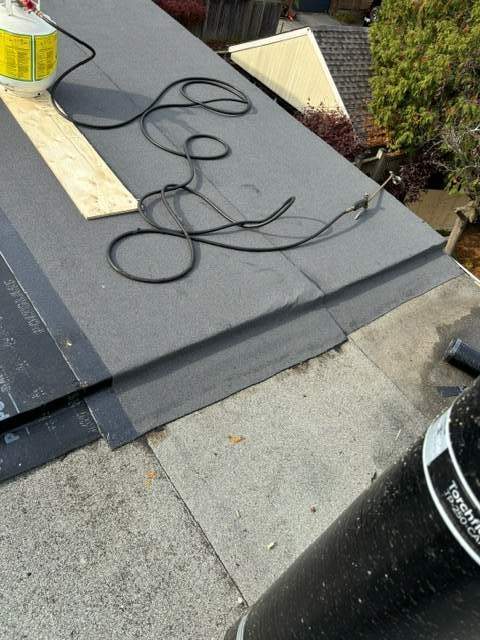Top Commercial Roofing Materials for Long-Lasting Performance
Commercial Admin / October 13, 2025

Metal Roofing
Durability and Longevity
Metal roofing stands out for its remarkable durability, often lasting 40 to 70 years. Constructed from materials such as steel, aluminum, or copper, metal roofs are resistant to severe weather conditions, including heavy rain, snow, and high winds. This resilience makes them a popular choice for commercial buildings in areas prone to harsh climates.
Energy Efficiency
Another significant advantage of metal roofing is its energy efficiency. Many metal roofs come with reflective coatings that minimize heat absorption, reducing cooling costs in warmer months. This feature not only lowers energy bills but also contributes to a building’s overall sustainability profile.
Maintenance Requirements
While metal roofs require minimal maintenance, periodic inspections are advisable to ensure seams and fasteners remain secure. Regular upkeep can help prevent rust and corrosion, especially in coastal areas where saltwater exposure can be an issue.
TPO (Thermoplastic Olefin)
Cost-Effectiveness
TPO roofing systems are gaining traction in the commercial sector due to their cost-effectiveness. Generally less expensive than other single-ply roofing options, TPO provides a budget-friendly solution without compromising quality. When installed correctly, TPO roofs can last between 15 to 30 years, making them a sensible investment for many businesses.
Environmental Benefits
TPO is known for its environmentally friendly properties. Many TPO membranes are manufactured with reflective surfaces that help reduce energy consumption. Moreover, TPO is fully recyclable, aligning with the growing trend of sustainable building practices in the commercial sector.
Installation and Repair
The installation of TPO roofs is relatively straightforward, which can lead to lower labor costs. Additionally, repairs are generally simple due to the material’s ability to be welded together, offering seamless connections that reduce leak potential.
EPDM (Ethylene Propylene Diene Monomer)
Flexibility and Adaptability
EPDM roofing is particularly valued for its flexibility, allowing it to adapt well to various climates and structural movements. This rubber-based material can withstand extreme temperatures, making it suitable for both hot and cold environments.
Longevity and Warranty
Typically, EPDM roofs last from 20 to 30 years, and many manufacturers offer extensive warranties that reflect the material's reliability. The long lifespan combined with minimal maintenance requirements makes EPDM a wise choice for commercial property owners.
Installation Challenges
While EPDM roofs are popular, the installation process can be more complex than other materials. Proper installation is crucial to avoid issues such as pooling water, which can lead to leaks. Therefore, hiring experienced professionals for installation is highly recommended.
PVC (Polyvinyl Chloride)
Superior Waterproofing
PVC roofing membranes are renowned for their excellent waterproofing capabilities. The welded seams create a strong barrier against leaks, making PVC particularly suitable for buildings with flat or low-slope roofs.
Fire Resistance
Another notable feature of PVC roofing is its fire resistance. The material is inherently flame retardant, which can be a significant advantage for commercial buildings where fire safety is paramount.
Lifespan and Maintenance
PVC roofs can last upwards of 20 to 30 years with proper care. Regular inspections are advisable to maintain seam integrity and ensure that the membrane remains in optimal condition.
Modified Bitumen
Ease of Installation
Modified bitumen roofing systems are designed for ease of installation, typically applied in rolls. This method allows for quicker setups, which can be advantageous for businesses looking to minimize downtime during roof replacement or repairs.
Strength and Durability
This material combines the benefits of asphalt with modern polymer modifications, resulting in enhanced durability and flexibility. Modified bitumen roofs are particularly effective in areas that experience significant temperature fluctuations.
Maintenance Considerations
While modified bitumen roofs are robust, they still require regular maintenance to ensure longevity. Inspections for cracks or blisters should be conducted annually, especially after severe weather events.
The selection of commercial roofing materials is influenced by factors such as climate, building type, and budget. Consulting with a roofing expert can also provide valuable insights tailored to specific needs and conditions.